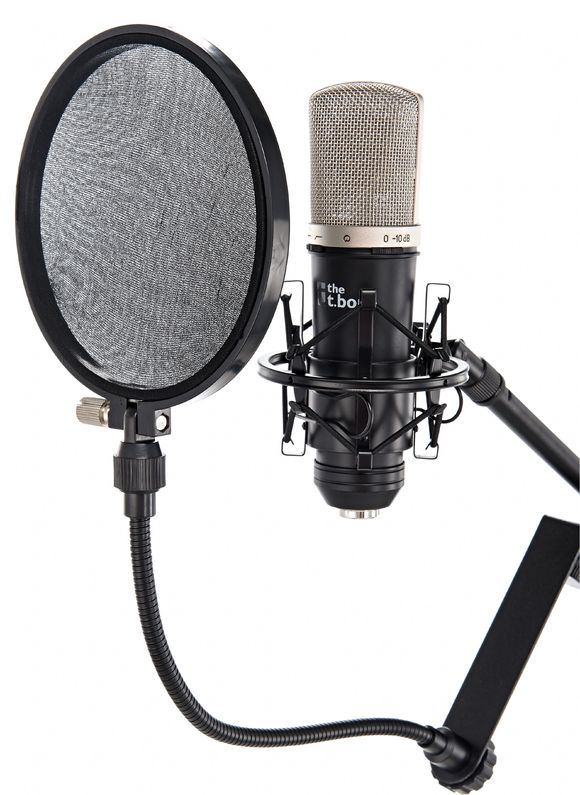3. Microphones
The good news: you can create podcasts even without an expensive high-end microphone. The bad news: the audio quality standard for today's podcasts is extremely high. Therefore, for beginners, it's essential to choose an easy-to-use microphone that delivers good sound. The criteria for good-sounding podcast recordings aren't overly challenging to meet for today's microphones.
The area from which a microphone picks up sound is determined by the directional characteristics of its microphone capsule. For podcasting, a characteristic like a "wide cardioid" is suitable. It ensures that sounds coming from the sides or the back of the microphone are hardly picked up. It also allows the speaker to move in front of the microphone without significantly altering the sound of their voice.
Since the frequency range of the human voice isn't extremely broad, a podcast microphone doesn't need to cover an overly wide frequency spectrum. It's sufficient if it covers a range, for example, from 40 to 18,000Hz. The frequency response of the podcast microphone can be contoured, emphasizing typical voice frequencies, such as the midrange around 3 kHz. For those who fancy a rich broadcast sound, ask the retailer for a microphone with a strong proximity effect. This effect makes the voice sound "full" and "bassy."
If the microphone has a built-in Low-Cut filter, it prevents recording low-frequency background noises. For instance, the deep hum of passing cars during a voice recording won't be captured.

the t.bone SC 450 USB
USB Microphones for Beginners
An advantage for aspiring podcasters: there are numerous USB microphones available today, eliminating the need for an audio interface initially. It's worth mentioning that most USB microphones currently available don't require an additional driver. If they are condenser microphones, they usually receive the necessary phantom power via the USB port. Once connected to the computer via a USB cable, these microphones are immediately ready to use, making them a great starting point for podcast beginners to easily record voiceovers.



